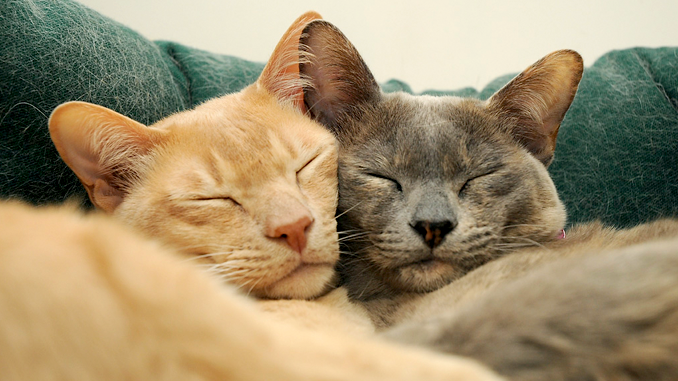
A new study shows that cat’s use socio-spatial cognition to track their humans’ movements, even when they are out of sight.
Saho Takagi, doctoral student at the University of Kyoto says, “It is generally believed that cats are not as interested in their owners as dogs are, but it turns out that they were mentally representing the invisible presence of their owners”
“Cats spend most of their time sleeping, and people often thing that it’s a good that cats just sleep, but cats … may be thinking about many things” Takagi told CNN.
The study took place in a home setting and at a cat cafe. The researchers used speakers that played recordings of their owners saying their cats’ names. They observed how cats would react to their owners’ voices without visual cues. The speakers were placed apart from each other, out of sight, to see how the cats would respond to the sounds, especially if the owner’s voice appeared to teleport from one location to another.
A separate group of people who were not animal behavior experts rated the cats’ level of surprise from a scale of 0 to 4, based on behaviors like ear and head movements. Cats in the study were surprised when their owners appeared to ‘transport’ from different locations.
Results from this study presents evidence of “socio-spatial cognition” in cats, meaning they use mental pictures to know here others are through sound cues. Studies have also found that cats can distinguish their owners’ and a strangers’ voices, and they can recognize emotional sounds.
Certified cat behavior consultant with Fundamentally Feline, Ingrid Johnson said cats can get attached to their humans – especially when they’re older. Some senior cats wake up distressed when they can’t see or hear their owners.
Johnson said, ” This is a great example of elevating our expectation of the cat a little bit and realizing that they do have the capability of having that bond in that relationship where they actually will take comfort in their people”
This thinking indicates “complex” cognitive abilities, which have been observed in other animals, including velvet monkeys and meerkats, according to their study which currently awaits peer-review prior to publication in the open-access journal PLOS One. This ability is particularly importnat for animals that need to hunt prey under poor visibility.
Obviously they hear you, but don’t care enough to get their ass’s up.
